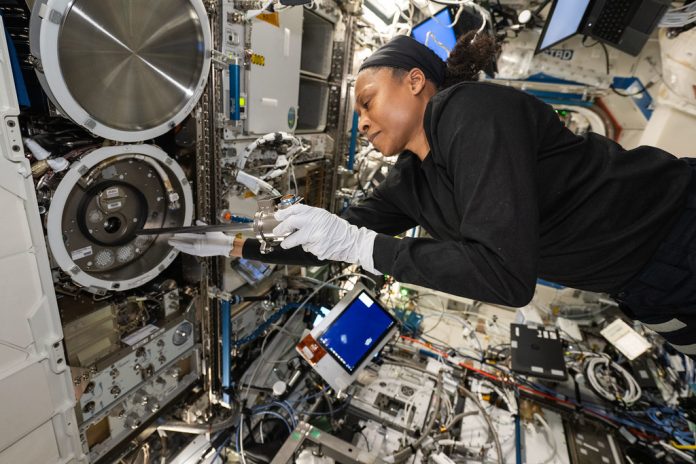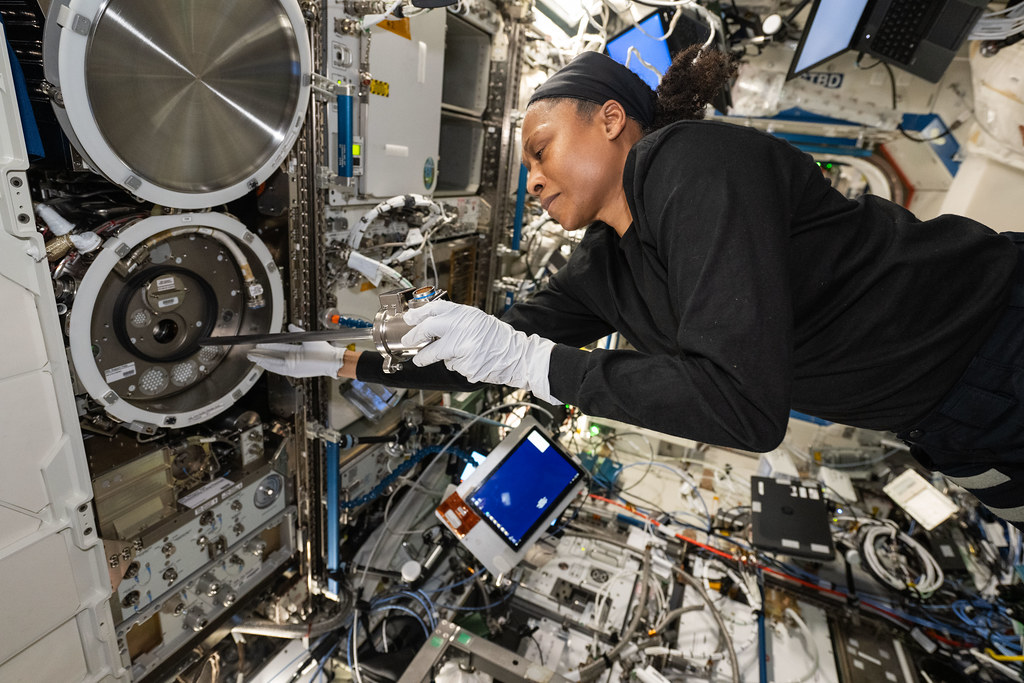
Could the boundary between living and non-living matter be far thinner than once believed? In laboratories equipped with some of the most advanced imaging systems on Earth, researchers have now documented autonomous movement in metals, an observation that challenges long-held definitions of life and could redefine the future of materials science.

1. Detecting Motion in the Inanimate
The phenomenon was found to occur when scientists, using high-resolution electron microscopy and spectroscopy, observed tiny but coherent motions in metal samples in highly controlled conditions. These were not explained by vibration, thermal expansion, or any recognised physical forces. Instead, atomic-scale imaging revealed dynamic reorganisation of the lattice itself. “It’s remarkable to observe the step-by-step movement of atoms,” said Georgia Tech’s Ting Zhu, whose own research into grain boundary deformation in metals has shown that atomic planes can tunnel through boundaries under stress, altering a material’s properties in real time. Such feats, previously thought to be an exclusive property of biological systems, now appear possible in inorganic systems only.

2. Atomic Mechanisms and Environmental Stimuli
Several theoretical models suggest that such metals respond to environmental stimuli temperature gradients, electromagnetic fields, or chemical exposure, by restructuring their atomic arrangements. This recalls the behaviour of self-motivated catalytic nanorods, in which platinum-gold structures convert chemical energy from hydrogen peroxide into directional motion via redox reactions and electrophoresis. In each instance, the driving forces are nanoscale, taking advantage of gradients in energy or charge to generate mechanical motion without the need for external mechanical input.
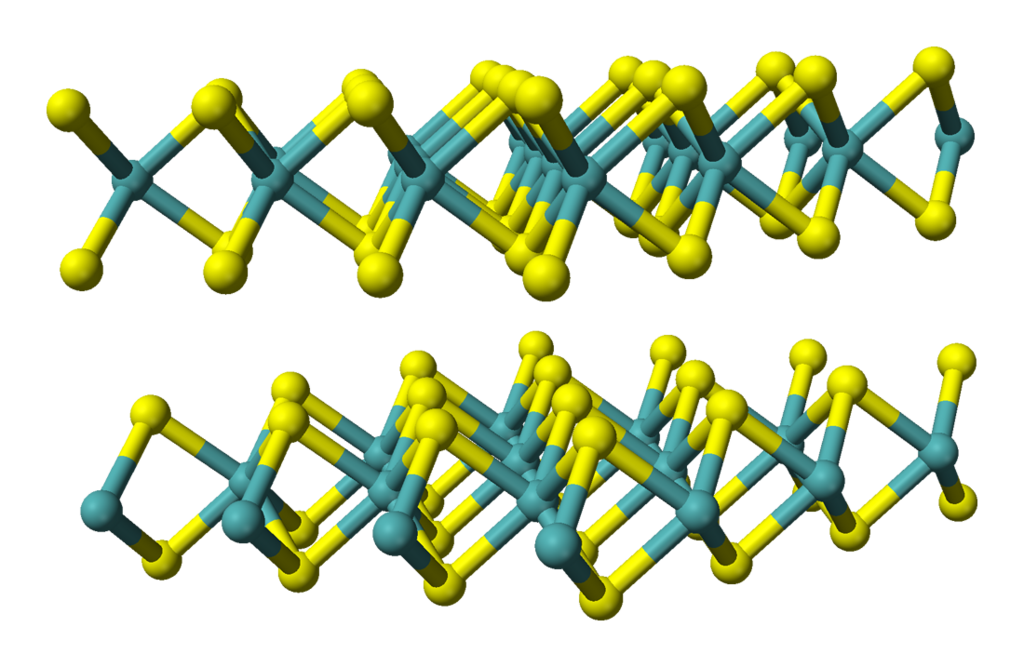
3. Lessons from Self-Organising Materials
The discovery adds to decades of research on self-organising systems, ranging from responsive metal-organic frameworks like flexible MIL-53 that “breathe” on gas adsorption to light, strain, or voltage-tunable band gaps in stimuli-responsive 2D materials like transition metal dichalcogenides (TMDCs). Atomic-scale flexibility and defect engineering in such systems allow reversible, tunable changes in structure and function properties now surprisingly replicated in bulk metals.

4. From Science Fiction to Robotics
Science fiction long predicted “living metals” as adaptive machinery. In reality, the combination of metal autonomous motion with bioinspired robotics would give actuators and structural elements that self-adjust under load or environmental condition change. In the words of Barry Trimmer of Tufts University, the future biohybrid robot could have engineered materials combined with living cells; metals possessing intrinsic motility might be the inorganic component, giving longevity and high load capability as well as adaptive behavior.
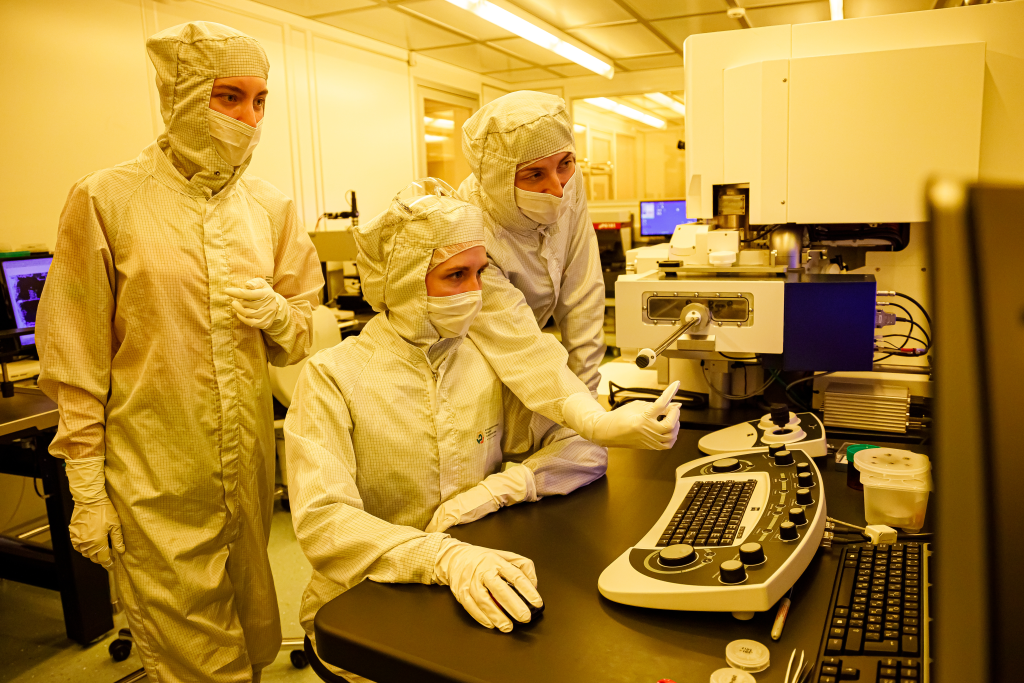
5. Medical and Implantable Technologies
In biomedical applications, metals capable of subtly modifying their shape or surface texture as a function of body temperature or chemistry would transform implants. Orthopaedic devices could become variable in stiffness during the process of bone healing, while vascular stents would dilate or constrict to provide maximum blood flow. Such concepts are already poised to be explored with TMDC-based nanostructures functionalized for photothermal treatment and drug delivery, where molecular coatings impart light or pH responsiveness.
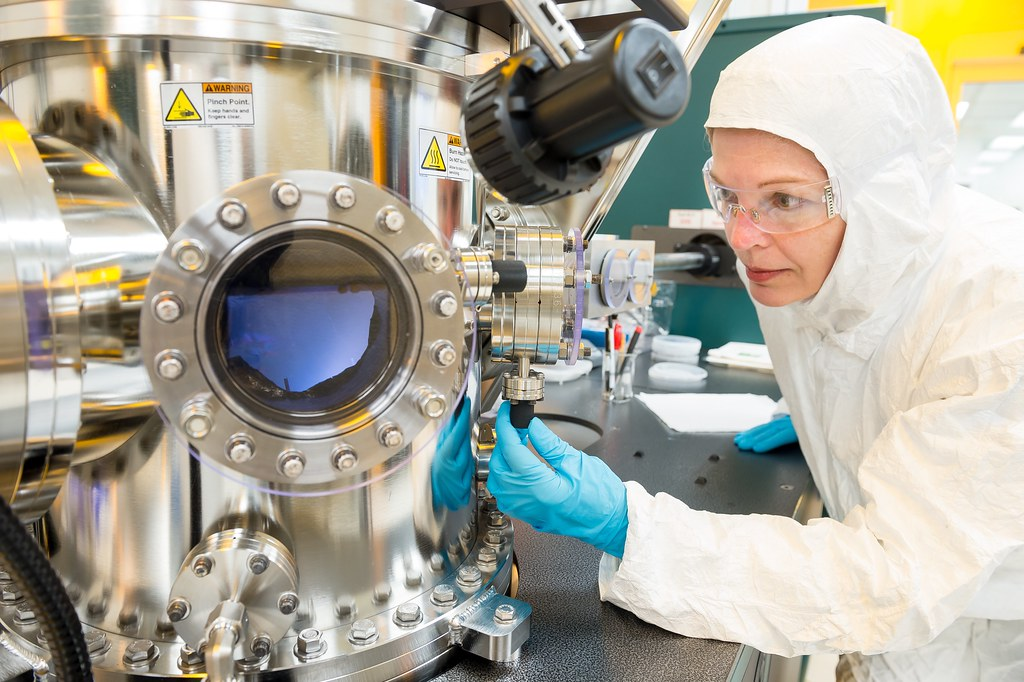
6. Engineering Control Through Functionalization
Motile behaviour will require precise control over behaviour control in triggers and responses. These can be drawn from nanoscale materials where functionalization at the surface controls behaviour. Functionalization of MoS₂ with azobenzenes, bistable molecules, enables reversible doping and modulation of optical properties with light, and functionalization of spin-crossover nanoparticles with WSe₂ enables strain-engineered bandgap modulation. These can be extended to motile metals as well, using molecular “switches” that encode response.
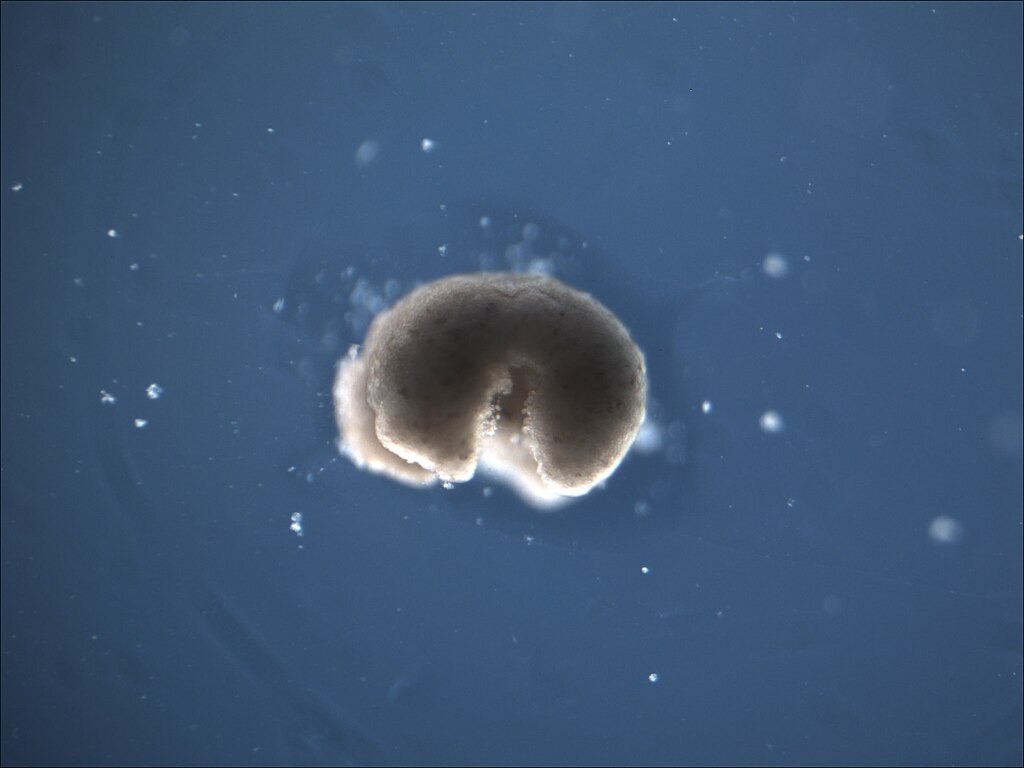
7. Ethical and Philosophical Aspects
The creation of an inorganic substance with life-like attributes is beyond engineering issues. When a metal adjusts itself in accordance with its surroundings, does it occupy a new frontier between living and dead things? Scientists have debated these boundaries for years, and the “living metal” phenomenon raises anew the question of definitions in terms of metabolism and reproduction. As with xenobots, cell-based robots that can kinematically copy themselves, there is anticipation at potential applications but fear of unanticipated consequences.
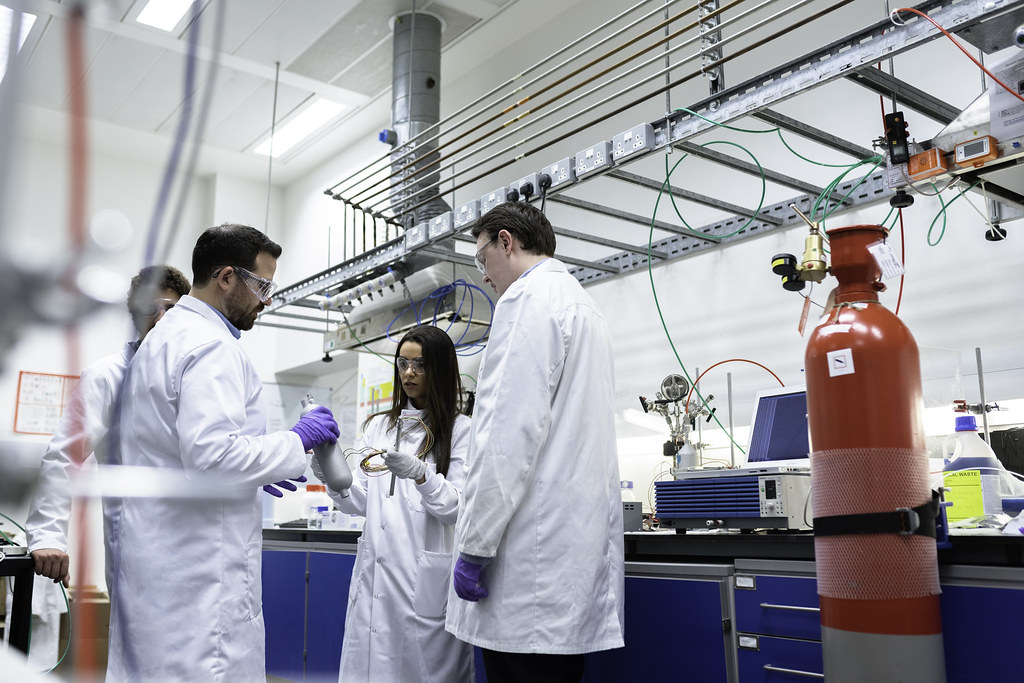
8. Towards a New Class of Smart Alloys
Composition of the alloy, defect engineering, and environmental conditioning are fields of future study that will further refine and concentrate this autonomous activity. Grain boundary engineering, presently a method of strength and ductility increase, can be engineered for motility. Incorporation of catalytic domains, as in nanoscale motors, could allow metals to harness chemical energy from the environment, making it even more difficult to distinguish between structure and machine.

The intersection of atomic-scale metallurgy, nanotechnology, and adaptive materials science foresees that “living” metals will shortly move from the realm of laboratory curiosity to anchor technology resculpting machines, medical hardware, and perhaps even our very concepts of life itself.
